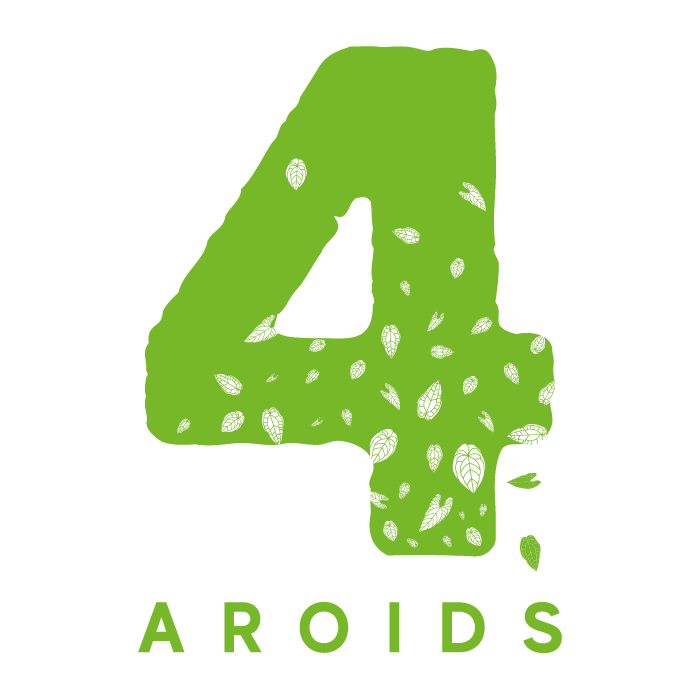For example, to propagate an anthurium vegetatively, i.e. without using seeds, pollen and flowers, stem division is often used. To do this, the trunk is inspected to determine where and whether growth points can be found. These so-called "sleeping eyes" form the point of new leaf growth after the plant is divided and are necessary for new growth.
When dividing, the different sections are named or labeled differently because they have various advantages and disadvantages depending on their location.
The "topcut" or head section is the uppermost section, which in most cases also has the largest and newest leaves. Depending on the growth of the rest, there may be fewer roots here.
The "basecut" (also called "buttcut") is characterized as the lowest section of the plant that has been removed. Here you rarely find attached leaves, but you can find a large part of the roots.
Everything that is between the top and basecut is called a "mid cut". The presence of roots and leaves varies greatly here and, as with the rest, is directly influenced by the growth of the plant. A disadvantage here can be that there is more entry surface for bacteria and fungi due to two interfaces, above and below. These can have a strong influence on growth and, in addition to rotting the trunk, can also be responsible for the death of the plant.
One version is not necessarily better or worse than the other. Each has advantages and disadvantages that you should weigh up personally. We definitely do not recommend buying freshly cut cuttings as survival is never guaranteed. Too many factors come into play. Once a cutting has been established, which is characterized by new growth in both the root and leaf areas, the risk that the plant will not survive any transport or reacclimation is significantly lower.

Leave a comment
This site is protected by hCaptcha and the hCaptcha Privacy Policy and Terms of Service apply.